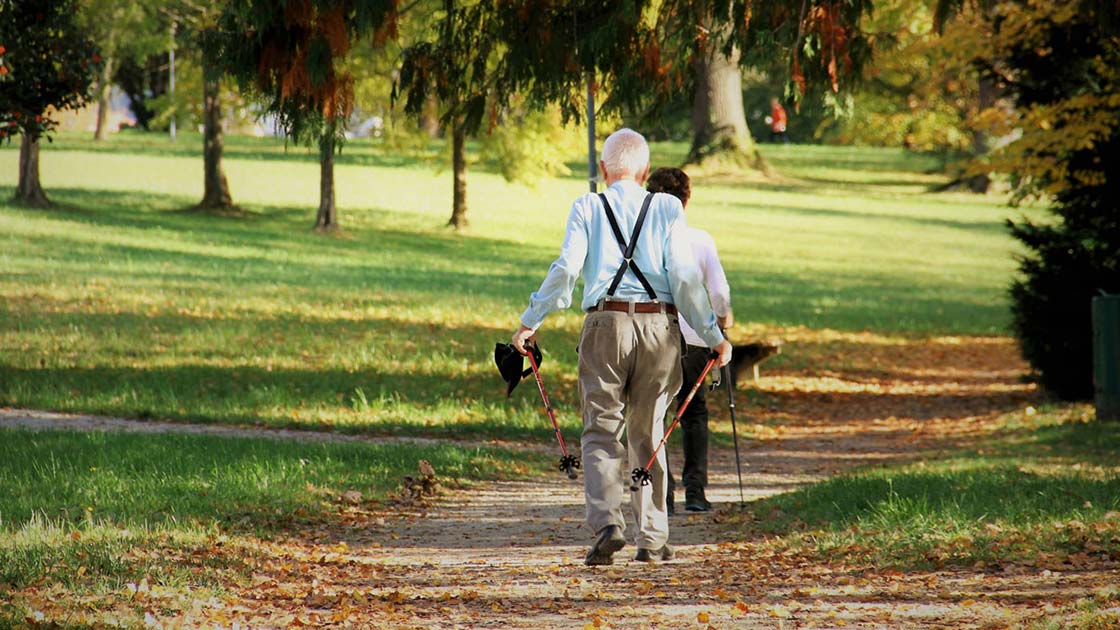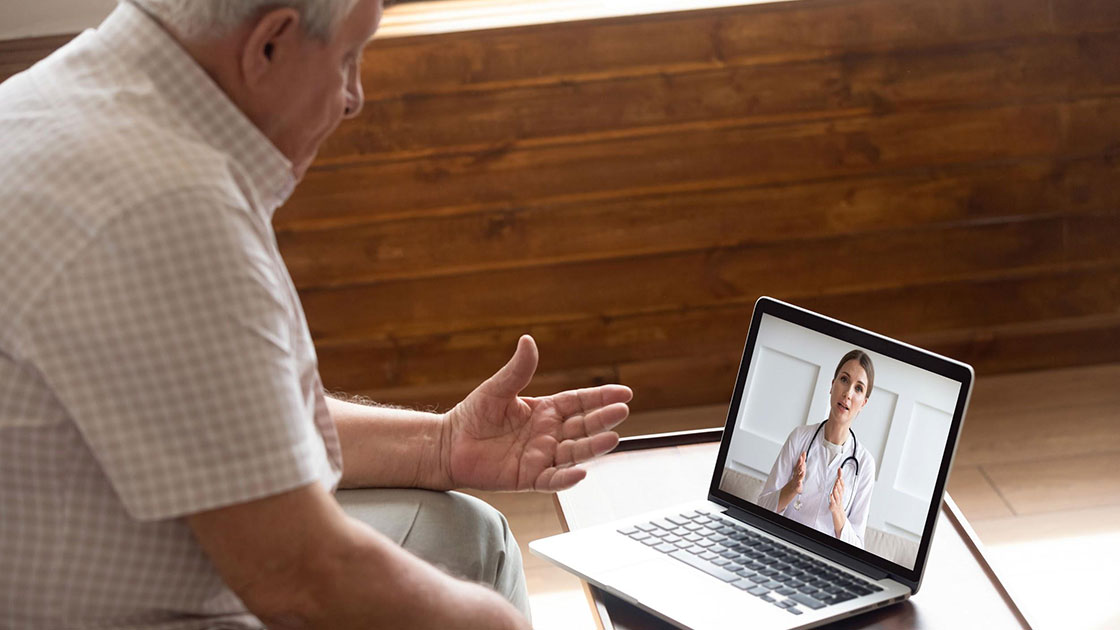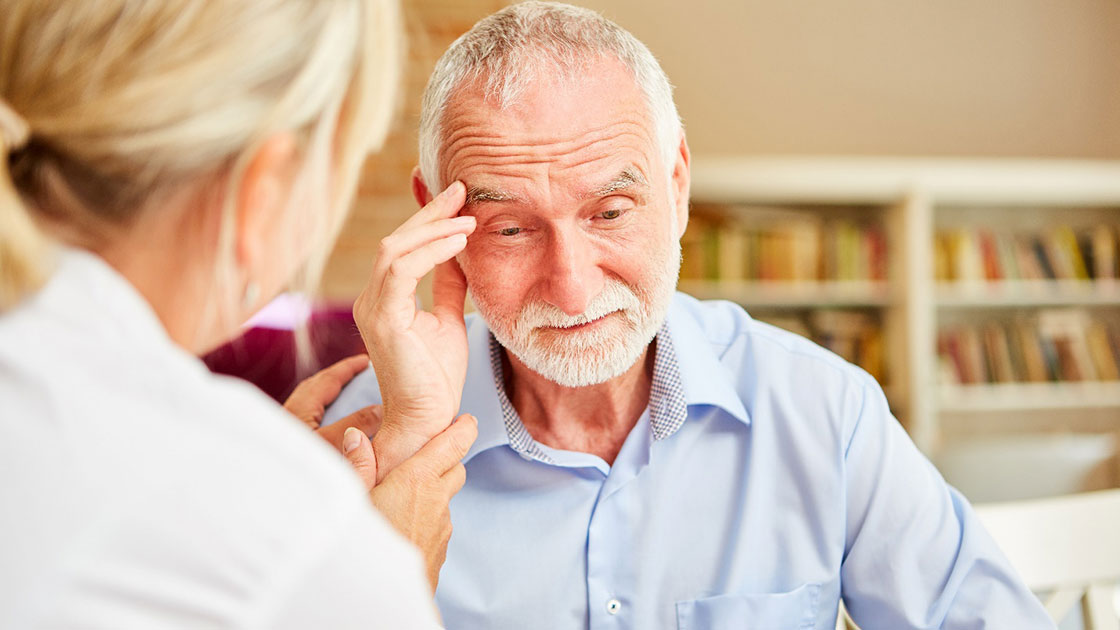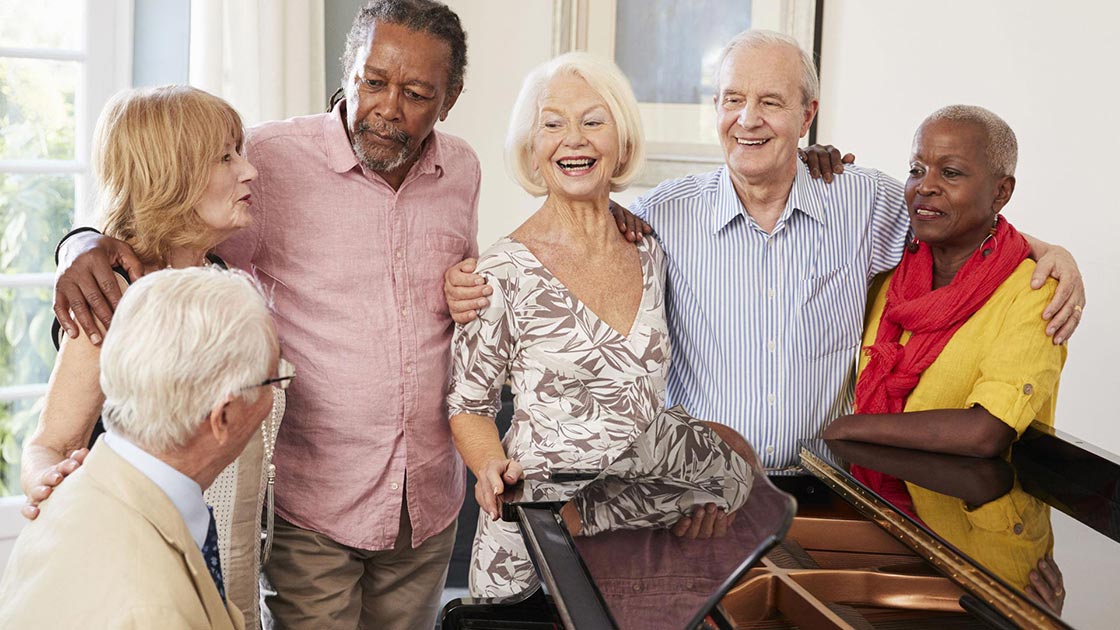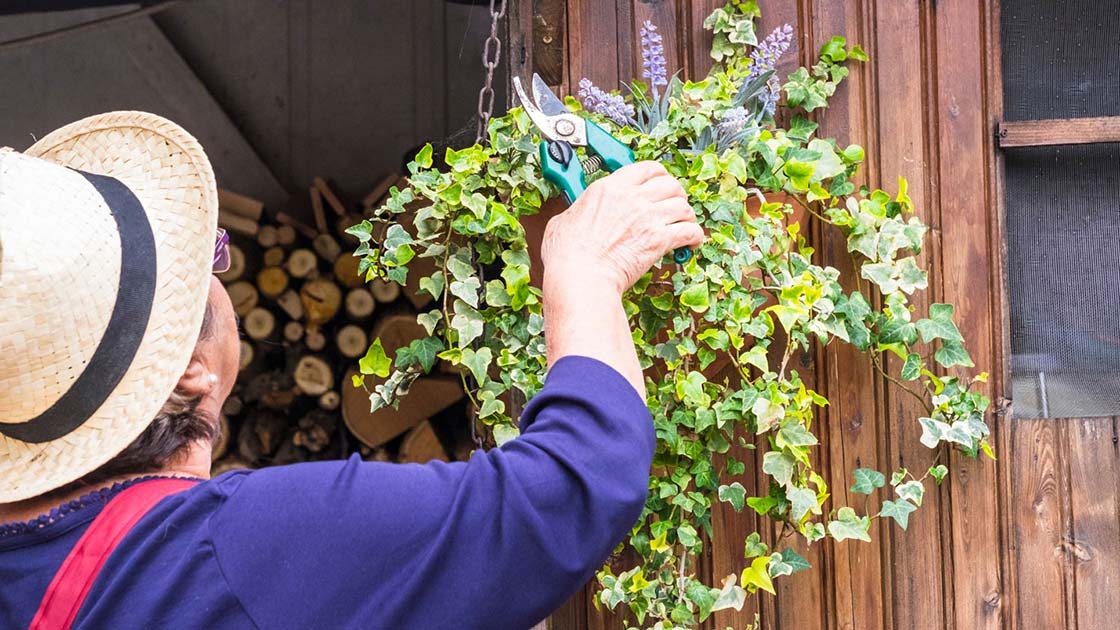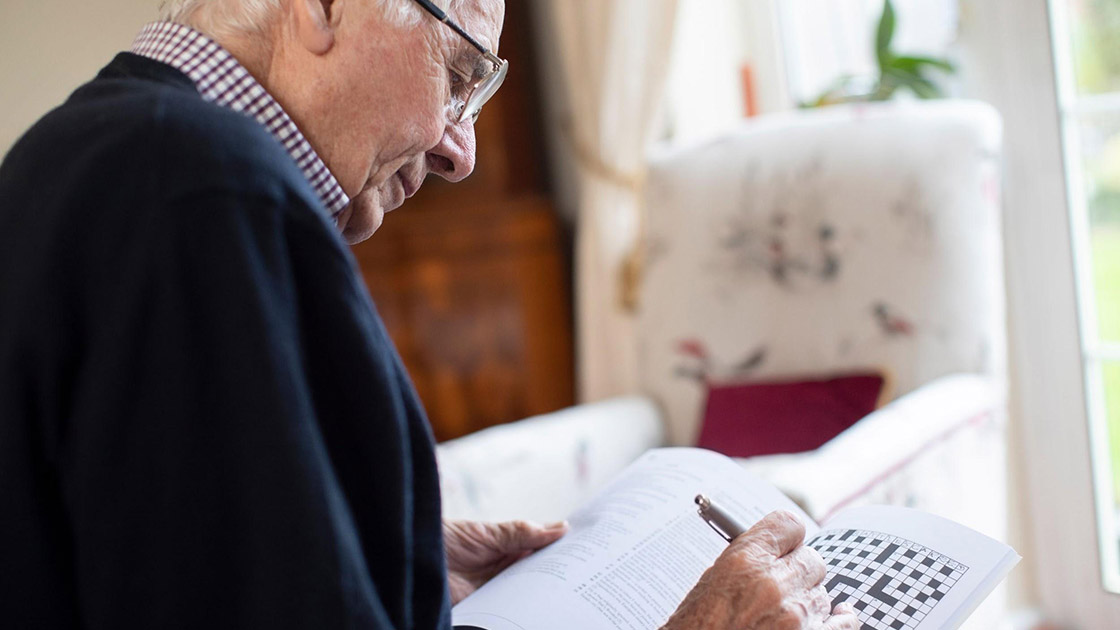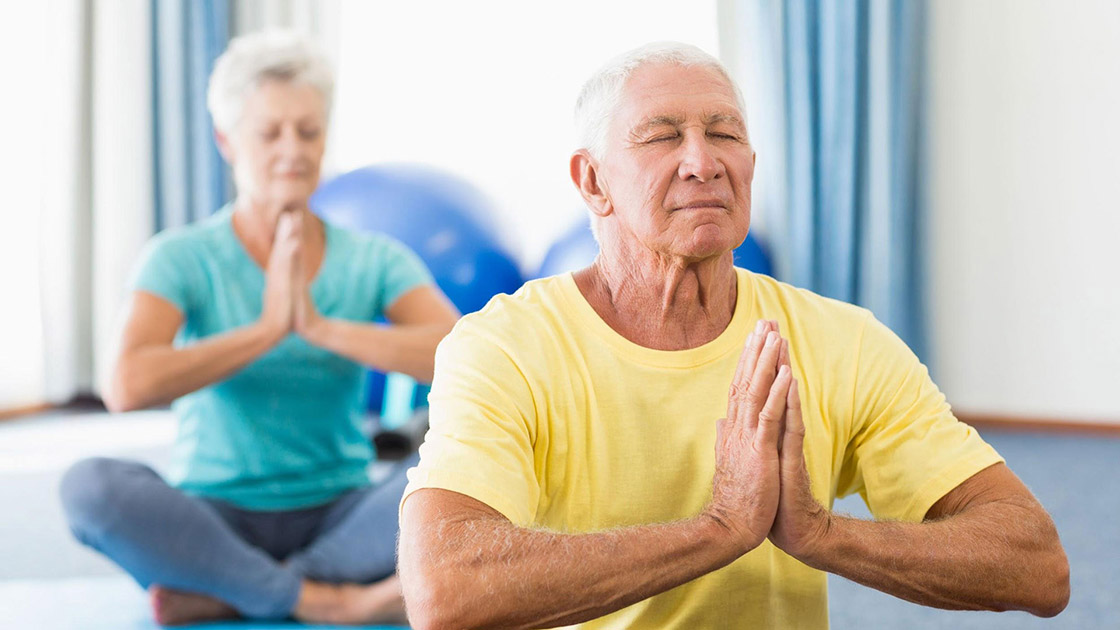No matter your age, mental health and general wellness can be affected by numerous external factors. During a period of crisis, like the one the world is experiencing at the moment with the coronavirus pandemic, can be a particularly trying and triggering time. One group of particular concern are older adults, who may be impacted by a disruption in their routine and a loss of their support system.
In fact, according to a study conducted by the Kaiser Family Foundation, 47% of adults 65+ have reported that worry and stress related to coronavirus has had a negative impact on their mental health. Here are a few ways to help reduce anxiety during periods of stress.
Focus on your breathing
It might sound simple, but breathing can have a significant impact on reducing anxiety and stress in any given moment. Taking deep breaths and focusing on your breathing is proven to lower your heart rate and help calm your mind. Inhale steadily for five seconds, hold for one second, and then exhale slowly for five seconds. Repeat for 5-10 breaths. If you’re still experiencing anxiety and a raised heart rate, repeat.
Move your body and stay active
Find a form of physical activity that you enjoy. Oftentimes exercise is viewed as a chore but if you find something that actually brings you joy it will not only be easier to keep it up, but also help brighten your spirits. Take a brisk walk outdoors or engage in some yoga to help distract your mind and get your blood pumping. Aim for 30 minutes a day to help keep both your mind and body healthy and happy.
Maintain a routine
Maintaining a routine when you are stressed or feeling anxious, particularly right now during a pandemic, can be key to maintaining a healthy outlook. It might be hard at a time when you aren’t able to socialize or participate in activities as you normally would, however keeping to some sort of schedule will help ease your stress. Try to maintain a regular sleep schedule to ensure both your mind and body are well rested and prepared for each day.
Talk to someone
It’s not surprising that right now more and more people are reporting feeling lonely and disconnected. It’s important that even though it might be difficult to engage as we normally would that socialization is still important. Pick up the phone and give a friend or family member a call. Or write a letter. However you choose to stay in contact, it’s important to put effort into relationships to help you feel more connected and less alone.

